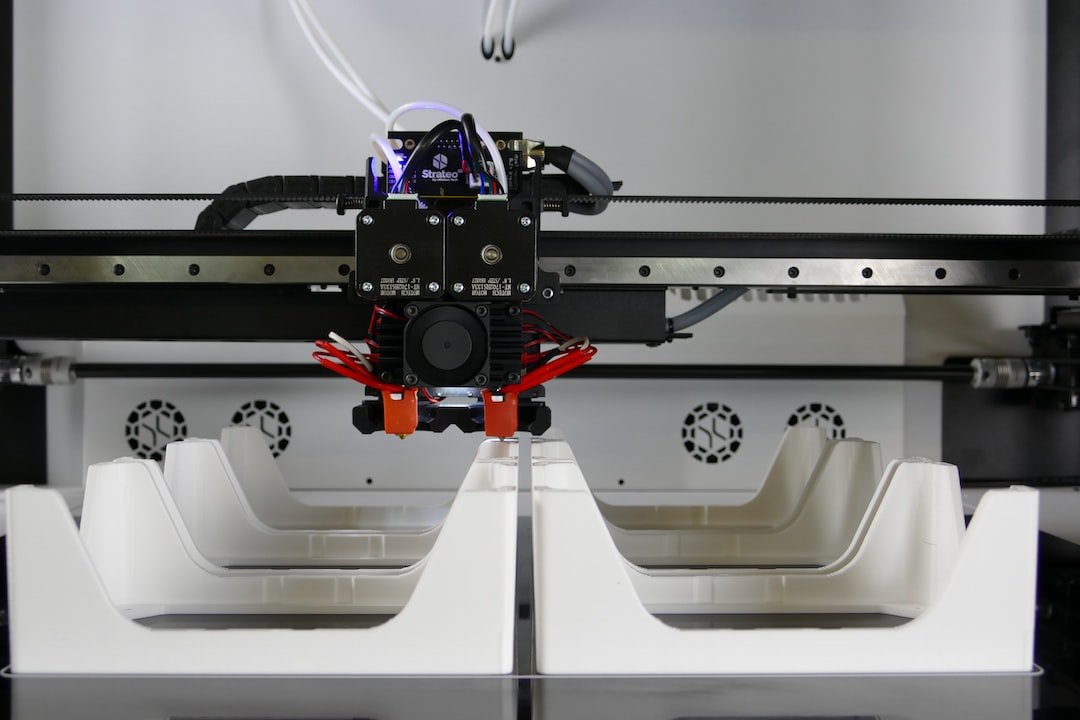Worker safety is of paramount importance, especially in the manufacturing sector where employees are exposed to various hazards on a daily basis. In recent years, advancements in technology have provided us with innovative solutions to enhance worker safety. In this blog post, we will explore the technologies and best practices that are being used to keep workers safe in the manufacturing sector.
One of the key technologies that has revolutionized worker safety is the Internet of Things (IoT). IoT devices are interconnected and can communicate with each other, allowing for real-time monitoring and data collection. In the manufacturing sector, IoT has paved the way for the implementation of smart safety equipment such as wearables and sensors.
Wearable devices, like smart helmets and vests, are equipped with sensors that can detect and monitor various parameters. For instance, a smart helmet can monitor the worker’s heart rate, body temperature, and even detect if they are in a dangerous position. This data is then transmitted in real-time to a central system, which can alert supervisors or even automatically stop the machinery in case of an emergency.
Another technology that has gained popularity is machine vision systems. These systems use cameras and image processing algorithms to monitor the manufacturing floor. They can detect if a worker is too close to a hazardous machine or if they are not wearing the proper protective equipment, such as gloves or goggles. Machine vision systems provide real-time alerts and can help prevent accidents before they happen.
Robotics and automation have also played a significant role in enhancing worker safety. By automating dangerous and repetitive tasks, workers are less exposed to hazardous environments. Industrial robots can perform tasks like heavy lifting or working in environments with high levels of hazardous substances. This not only improves worker safety but also increases efficiency and productivity.
In addition to technology, implementing best practices is crucial for maintaining a safe work environment. One of the key best practices is regular employee training and education. Workers should be trained on how to handle equipment safely, identify potential hazards, and respond to emergencies. Regular refresher courses should be conducted to reinforce safety protocols and ensure workers are up to date with the latest safety guidelines.
Furthermore, establishing a safety culture within the organization is crucial. This means fostering an environment where workers feel comfortable reporting safety concerns and near-miss incidents without fear of retaliation. Encouraging open communication and actively involving workers in safety committees and decision-making processes can significantly improve worker safety.
Regular safety inspections and audits are vital to identify and address any potential safety hazards. By conducting regular inspections, organizations can ensure that safety protocols are being followed, machinery is properly maintained, and any potential dangers are promptly addressed.
Lastly, it is essential to have a robust incident reporting and investigation system in place. Accidents and near-misses should be thoroughly investigated to determine the root cause and prevent similar incidents from happening in the future. Lessons learned from incidents should be shared throughout the organization to promote a culture of continuous improvement.
In conclusion, enhancing worker safety in the manufacturing sector requires a combination of advanced technologies and best practices. IoT devices, machine vision systems, robotics, and automation have significantly improved worker safety by providing real-time monitoring, detecting potential hazards, and automating dangerous tasks. However, it is equally important to implement best practices such as regular training, fostering a safety culture, conducting inspections, and investigating incidents. By embracing these technologies and best practices, organizations can create a safer work environment, reduce accidents, and protect the well-being of their employees.

